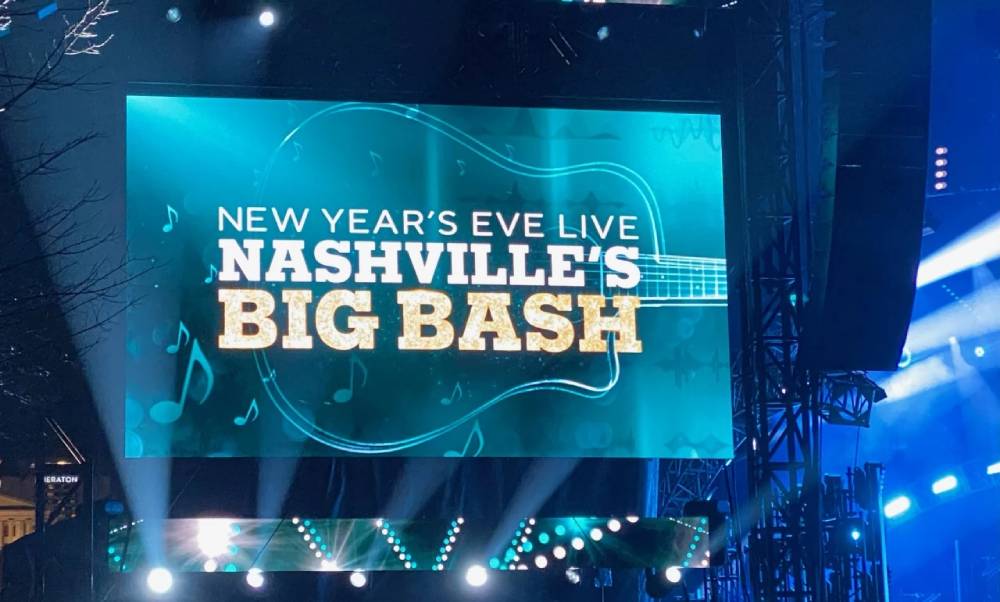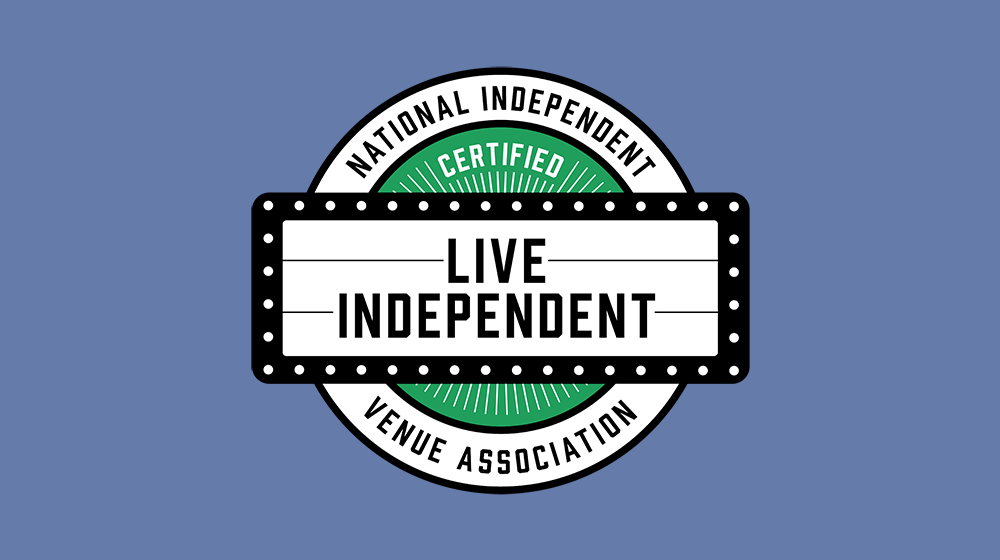
(Hypebot) – Although music streaming, the most disruptive technologycurrently being used in the industry, is well on its way to becoming the dominant method through which listeners consume music, it has not yet even come close to unlocking its full potential, despite having been around for close to two decades
Guest post by Radical.FM founder Thomas McAlevey
For a while, it looked like illegal file-sharing and iTunes downloads might be the future of a battered music industry. But streaming is already in the process of beating all other forms of music consumption senseless. Barring earth’s collision with a large meteor, streaming’s victory by knockout is a foregone conclusion. And that’s a good thing.
Artists get paid for every stream, as opposed to pirating and terrestrial radio, for which they get paid nothing. And compared to song downloads, which pay once, streaming pays in perpetuity — every single time a song is listened to — eventually profiting artists more than even the venerable CD. And users get unlimited access to pretty much every song ever recorded, not just a static list of songs that must be downloaded one-by-one (how tedious) and not just what the local radio station likes. No, we’re talking about all the music in the world, anytime you want it, anywhere there is Internet, legally and with compensation to artists, whether you choose to pay a subscription fee or not. No wonder streaming is a knockout.
But it could be much better.
Ever wonder why the meteoric rise of social media has been largely unaccompanied by music, even though music was made to be shared? Or why old-school terrestrial radio is still in business, despite limited playlists, absurdly long blocks of advertising, and zero compensation to artists? The answer is simple: legal streaming is hamstrung by the very music industry it is in the process of saving. Major labels have conspired to maintain a status quo that has bored consumers right out of the prolific adoption of streaming that will raise the music industry to unprecedented heights.
In the 90s, a self-satisfied music industry grew fat from force-feeding consumers whole albums, when the reality was that most of us only wanted our favorite hits. Then in 1999, Napster sideswiped the industry; but as a result, lawyers fueled by indignation instead of logic lashed out at everything that moved. The Recording Industry Association of America even sued a 12-year-old and popular opinion for music labels sank faster than revenue.
That same year, my Swedish start-up Tomsradio.com began streaming tailorable music stations like Pandora and curated playlists like Spotify. But a music industry raging against Napster trusted nothing related to Internet, so despite a respectable user base, we took Tomsradio offline in 2003. After several years I returned to streaming expecting to find services eons ahead of where we’d left them, but what I found instead was the same two basic service types pioneered by Tomsradio ten years earlier: personalized endless streams like Pandora, and on-demand playlist services like Spotify.
In the court of public opinion, the RIAA had learned not to sue children, but restrictive agreements continue to stifle the innovation that will allow the music industry to stream its way to its most lucrative era ever. Both label and SoundExchange (government) agreements have sufficient language and clauses to make any real experimentation of format tantamount to legal suicide. Occasionally, naive upstarts jump into the lawyer-infested streaming waters to try something radical, like Turntable.fm, but are swallowed whole before they learn to swim.
What’s clear is that we must move beyond personalized stations and on-demand playlists. Streaming needs real innovation to attract the audiences required to catapult the music industry into a new golden age, and the public is ready. But among today’s ‘me too’ streaming offerings from the biggest companies in the world, nobody is doing ‘social’ (live synchronous music sharing), nobody is allowing people to speak directly to followers, and nobody is combing these types of features to take on old school radio.
Wired.com just quoted Edison analyst Richard Windsor as saying, “The real target of Apple Music is radio rather than recorded music streaming. Despite grabbing all the headlines, the recorded music industry is currently worth around $16 billion while radio advertising is worth around $44 billion per year.” But if Apple wants to move old school radio into the digital age (and it’s about time) then why just offer Beats1, which is no more innovative than the radio we knew last century?
While tech companies like Apple and Pandora scratch around the edges of terrestrial radio’s antiquated empire, one old-school broadcaster is testing the streaming waters. When iHeartRadio bought Spreaker (then a simple Talk Radio app) two years ago, I thought the light bulb had finally lit. But instead of combining their Pandora-like personal radio service with Spreaker’s ability to share streams in real time and live hosting, which would have posed a real threat to the old broadcasting model, iHeart buried Spreaker into yet another podcasting service, which completely misses the live community feeling so compelling in the 44-billion-dollar terrestrial radio market, and already so lacking in today’s music streaming.
This month, Radical.FM released RadCasting, the first step towards true disruption of AM/FM radio, a market nearly three times the size of the entire recorded music industry. RadCasting permits simple real-time synchronous music sharing. The idea is to create social listening environments for any occasion from jogging with friends while listening to the same motivating music, to Beyoncé releasing her latest hit to millions of fans simultaneously. And it works like a charm… but it’s not enough.
What needs to occur is the seamless merging of a synchronous music streaming feature like RadCasting, with the voice-injection ability of Talk Radio apps like the old Spreaker, and with the support of the major labels (who stand to profit the most, as old-school radio in America pays labels and artists nothing). It’s an ambitious goal in a streaming industry all but devoid of innovation. Let’s hope that a decade after Tomsradio.com that the recording industry is ready to embrace constructive innovation instead of trying to stifle it. Because successfully combining old-school radio’s live community with internet’s reach and interactivity will socialize music and democratize broadcasting in such exciting new ways that even today’s jaded listeners will be compelled to pay attention. And not only is it possible with current advancements in tech and data delivery, it is absolutely necessary if music and streaming are to reach their full potential.




























